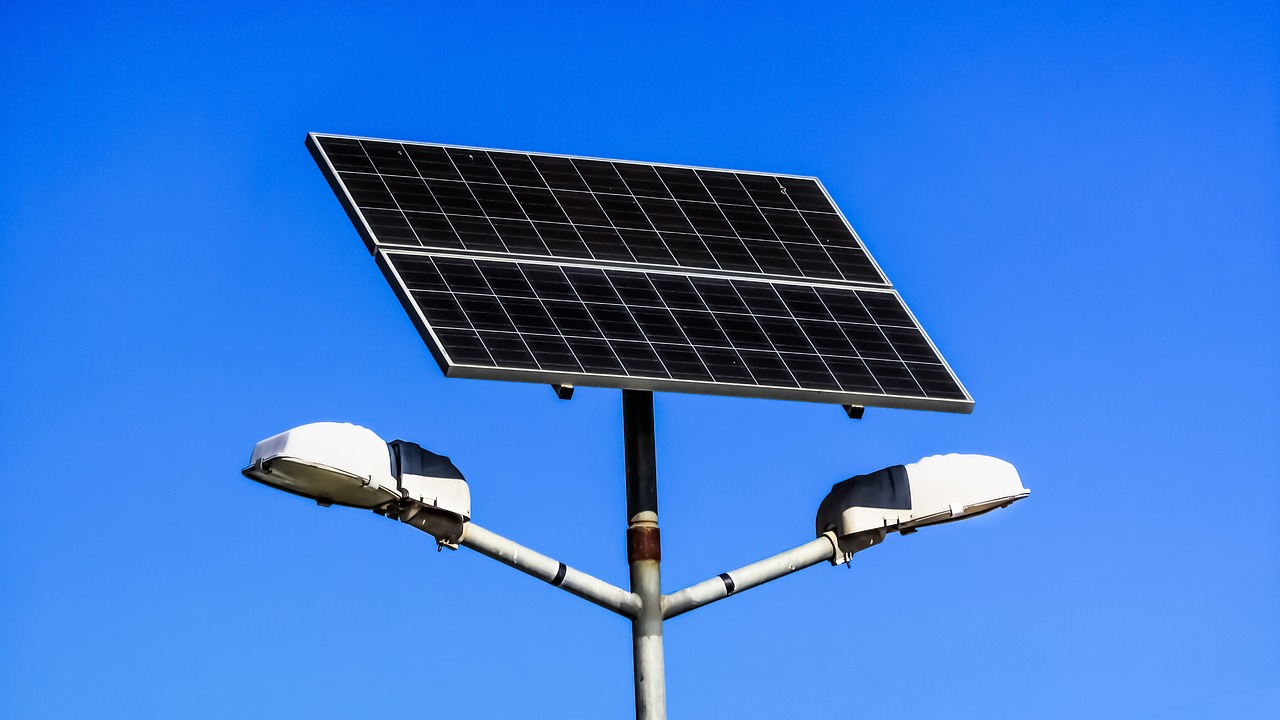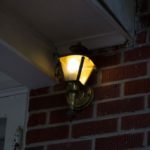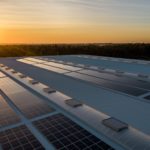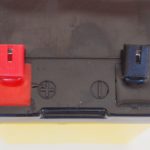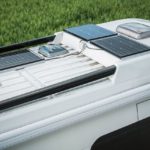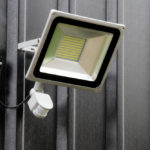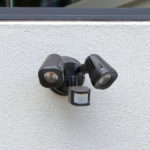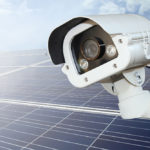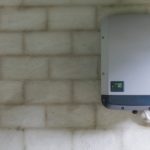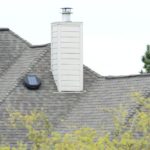Ever wondered whether solar lights require direct sunlight? Want to ensure that your solar panels are charged to their maximum potential. Read on to discover all about the different means of charging your solar lights without the need for direct sunlight.
What Light Sources Can Solar Lights Utilize?
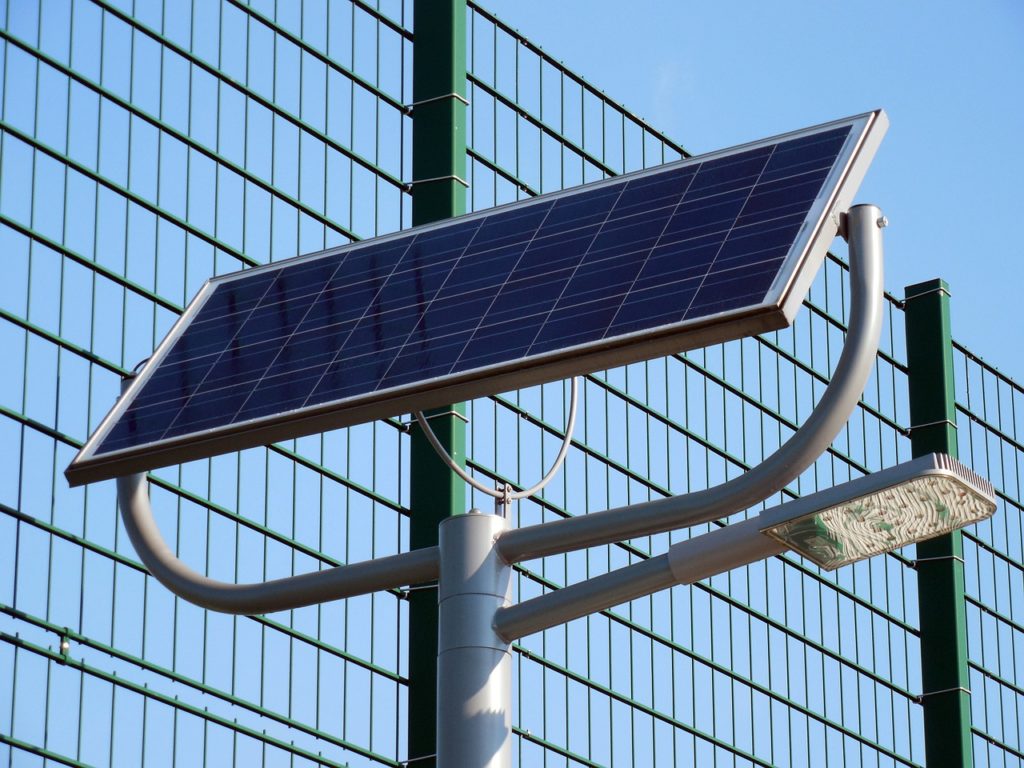
One of the most common misconceptions with regards to solar lights is that they require direct sunlight. This is understandable given that they typically utilize solar energy, however they can still be charged without the presence of any sunlight. In winter weather, you need to be able to charge your solar lights with indirect sunlight and the best way to ensure that your lights absorb an appropriate amount of solar energy is to clean them thoroughly.
Removing any dirt or dust from your panels will ensure that the lights are charging to their maximum potential. You need to be calm when cleaning your panels and use clean water and a clean cloth to scrub any dirt without damaging them. You should also avoid using detergents when cleaning your solar panels as this will cause streaking that makes it virtually impossible for your panels to charge up.
Once you have ensured that you are cleaning your panels with regularity, you need to place them to directly face the sun during the winter months. If you want to obtain the best results then you should definitely charge your lights for 8-10 hours in full sunlight and make sure that there are no blockages to your panels.
You can also use mirrors to redirect any sunlight during the winter months and placing mirrors underneath any shadows will ensure that the light reflects back onto your panels without the need for direct sunlight. You should ideally be using mirrors that are twice as large as your solar panel.
As well as diverting any indirect sunlight as stated above, you can alternatively use artificial lighting bulbs in order to charge your solar lights. An incandescent bulb should be used to charge them efficiently and you will need to place your panels underneath this light to charge them fully. Placing your solar panels close to a light bulb will ensure that they are charged rapidly and this will reduce the time it takes to maintain their maximum efficiency.
LED lights are distinctively useful as they can charge your solar panels when you don’t have any access to indoor lighting. You will need to charge your panel for approximately 10-12 hours when using LED light as a charging source but it is a highly proficient way of charging your solar panels.
How Long Do Solar Lights Stay On For?
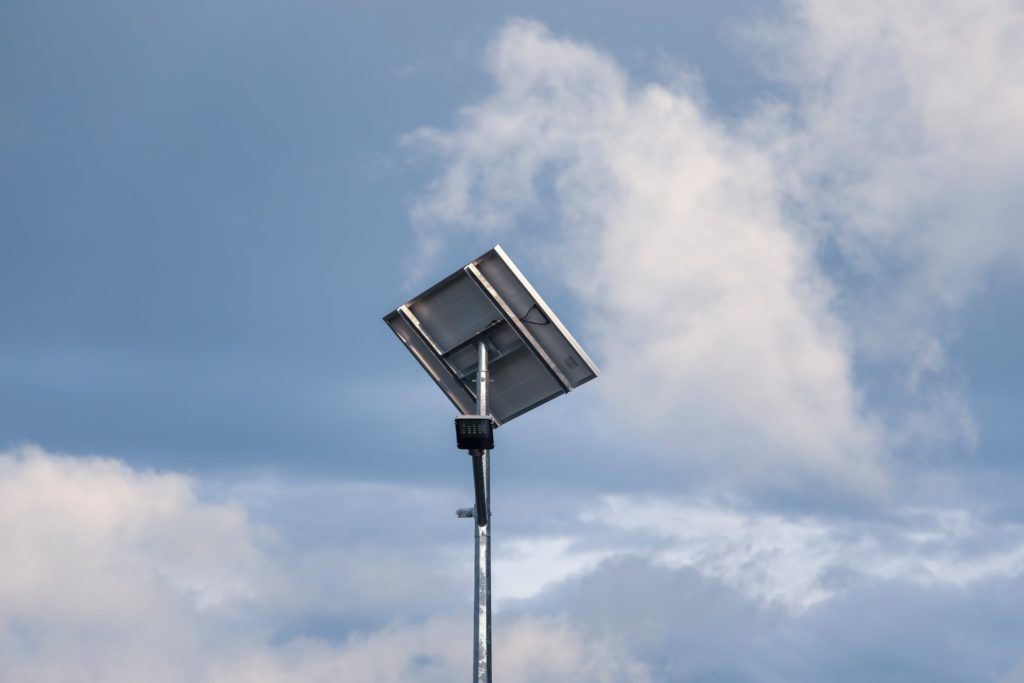
When your solar lights have received sun rays during the day, they will run efficiently throughout the night. They will need 6 hours of sunlight in order to fully charge and this will ensure that they run for approximately 8 hours during the night. If you have been unable to obtain any direct or diverted sunlight during the daytime, then placing your panels directly under a household light will ensure that they are charged efficiently.
Placing your panels close to artificial light or to an incandescent light bulb will charge them quickly. The power used to turn on solar panels does not need to come from sunlight which is why LED lamps, incandescent bulbs and artificial light sources can often charge your solar panels up to their maximum proficiency.
Solar panels are undoubtedly beneficial for the environment as they traditionally absorb natural energy in order to convert light into numerous energy sources. Whilst charging your solar panels using artificial lighting may feel counterproductive in this sense, it is ultimately a beneficial cycle as the light that you will be using to charge your solar panels will have been generated by the previous energy that has been harnessed by your solar panels.
Therefore, you should view this as a regenerative cycle as opposed to a hindrance that absorbs the natural process. Solar lights are designed to absorb and covert light in all forms and whilst utilizing direct sunlight is the most ecological and less time-consuming means of converting energy, it is not always possible for your panels to absorb the appropriate amount of light that is needed to run a household efficiently, particularly during the colder, winter months.
Conclusion
To conclude, the best way to charge your solar panels is with direct or diverted sunlight, however, this is not an essentiality. Utilizing alternative sources of light including LED lights, incandescent bulbs and artificial lighting are all other methods that can be utilized during the winter months.
The more light that a solar panel receives during the daytime, the more charge it will have to run efficiently during the nighttime so you should always ensure that your solar lights are receiving six-seven hours to be fully charged and this will ensure that they run proficiently and efficiently for a further eight hours.
You should also ensure that you are cleaning your panels carefully, using only clean water and a clean cloth in order to remove any dirt-laden blockages that could be preventing your panels from absorbing the maximum amount of direct or indirect light. Exercise caution during the cleaning process as scrubbing too hard or using detergents will only damage the surface of your solar lights which will in turn, prove to be problematic.
These lights should be treated with sensitivity in order to maintain their essential sensitivity to any sources of light and prevent you from having to purchase new solar panels or lighting which can be a costly and exhaustive process. Above all, the benefits of installing solar panels far outweighs any effort involved in recharging them and you can rest assured that you are playing your part in tackling the climate crisis and utilizing light as a proficient and productive source of energy.

